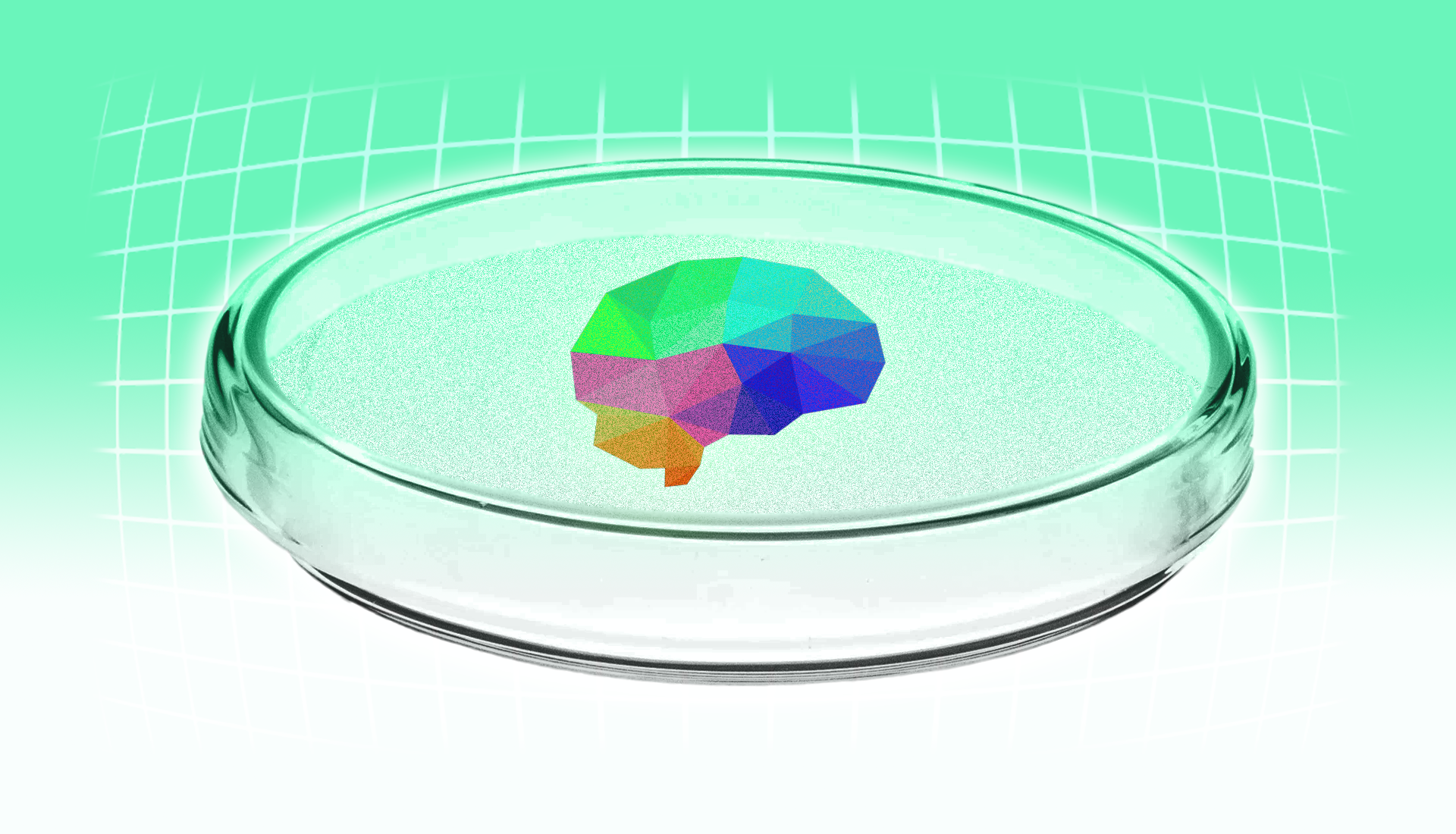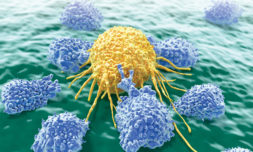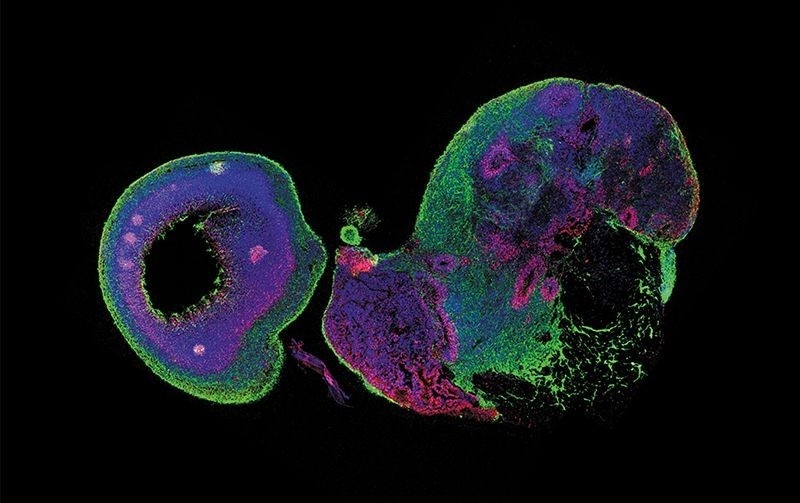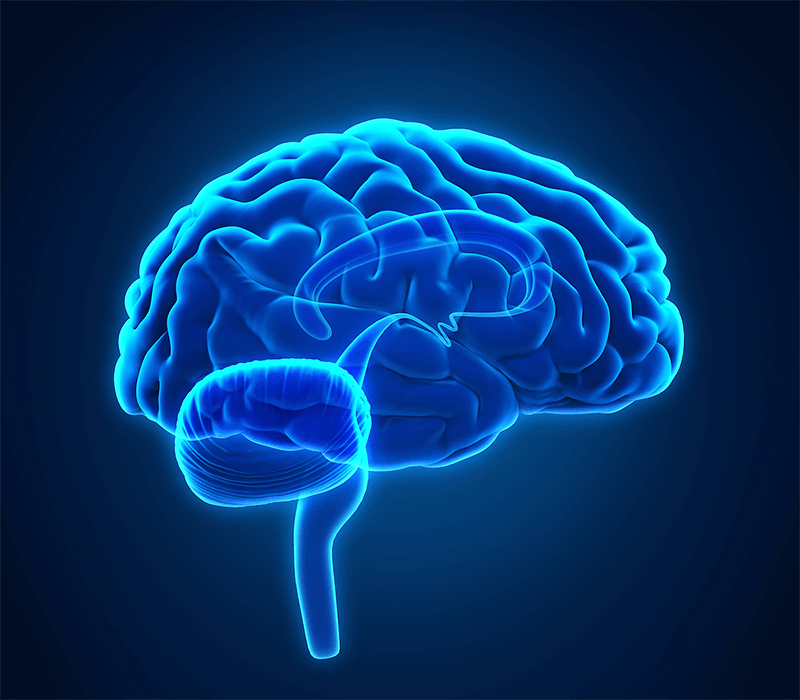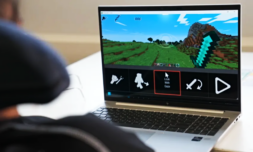Neuroscientists are at something of an ethical impasse after successfully cultivating human brain tissue in laboratory conditions, and serious consideration needs to be taken before pushing forward.
With the recent breakthroughs in Biotechnology and tissue cultivation, biologists the world over are working at 100mph as they vie to reinvent the medical wheel for future generations.
However, there are serious concerns surrounding this next big initiative, which involves the creation of mini-brains or brain ‘organoids’. Maverick docs have invested serious time and money into creating small tissue masses using stem cells, and while they’re little bigger than a pea, they have shown signs of developing spontaneous brain waves similar to those emitted from premature babies.
It’s worth mentioning early on that neuroscientists aren’t looking to create their own humanoids here, otherwise there would be no debate to be had. Their primary purpose is to probe into the world of debilitating neurological disorders and degenerative diseases, with the ultimate goal of eventually eradicating them from the world: we’re talking everything from schizophrenia and autism, to Alzhemier’s, Parkinson’s, and macular degeneration.









